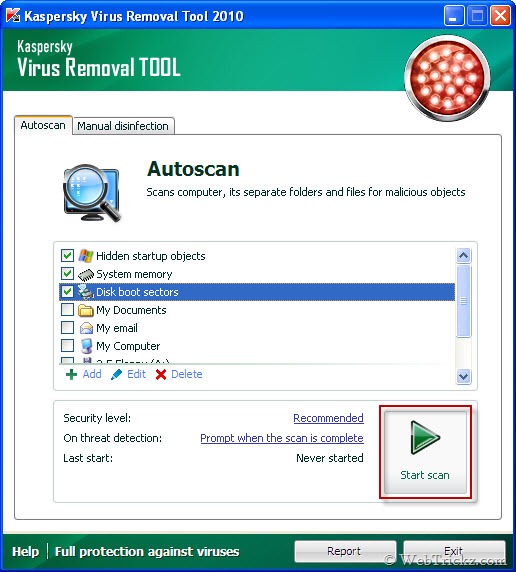

By disabling Application Updates, you also uninstall KSU from the selected hosts. At the top of the page, click change settings and switch the setting to disabled. If you have enabled Application Updates on a computer, and would like to disable it, go to Updates > Applications in the Central console and select all computers that have application updates enabled.If Application Updates has never been enabled on a host computer, there is no trace of KSU on the machine.Central calls an API from KSU to make this possible. By default the Application Updates feature is disabled on all computers, but when enabled on a computer, KSU is installed on the host machine and powers the scanning and updating of supported third-party applications. Adobe, Java, browsers, etc.) and update them to the latest version from the Central management console. The Central Premier feature, "Application Updates," leverages the technology of the KSU utility to scan computers for out-of-date software (e.g. See the article "How to Create a Plan for Executing One2Many Tasks" to continue.To save the task without assigning a plan, click Save and close (you will be able to assign a plan later).To save your task and create a new plan that will be used to run the task, click Save and continue.Choose whether to assign the plan now or later:.and select the kesremove.cmd file you just created. To locate and upload resources required to complete the task, click Browse.Since you may end up with many saved tasks, be sure to use a clear and specific name. In Central, go to the One2Many > Tasks page.Second, create a One2Many task, as follows:.


Notepad) and create a file named kesremove.cmd or something similar. First, prepare a command file, as follows:.Removing KES may require a restart on host computers.If you never deployed the KES agent to any host computers, then the software is not on any computer and there is no need to remove anything.


 0 kommentar(er)
0 kommentar(er)
